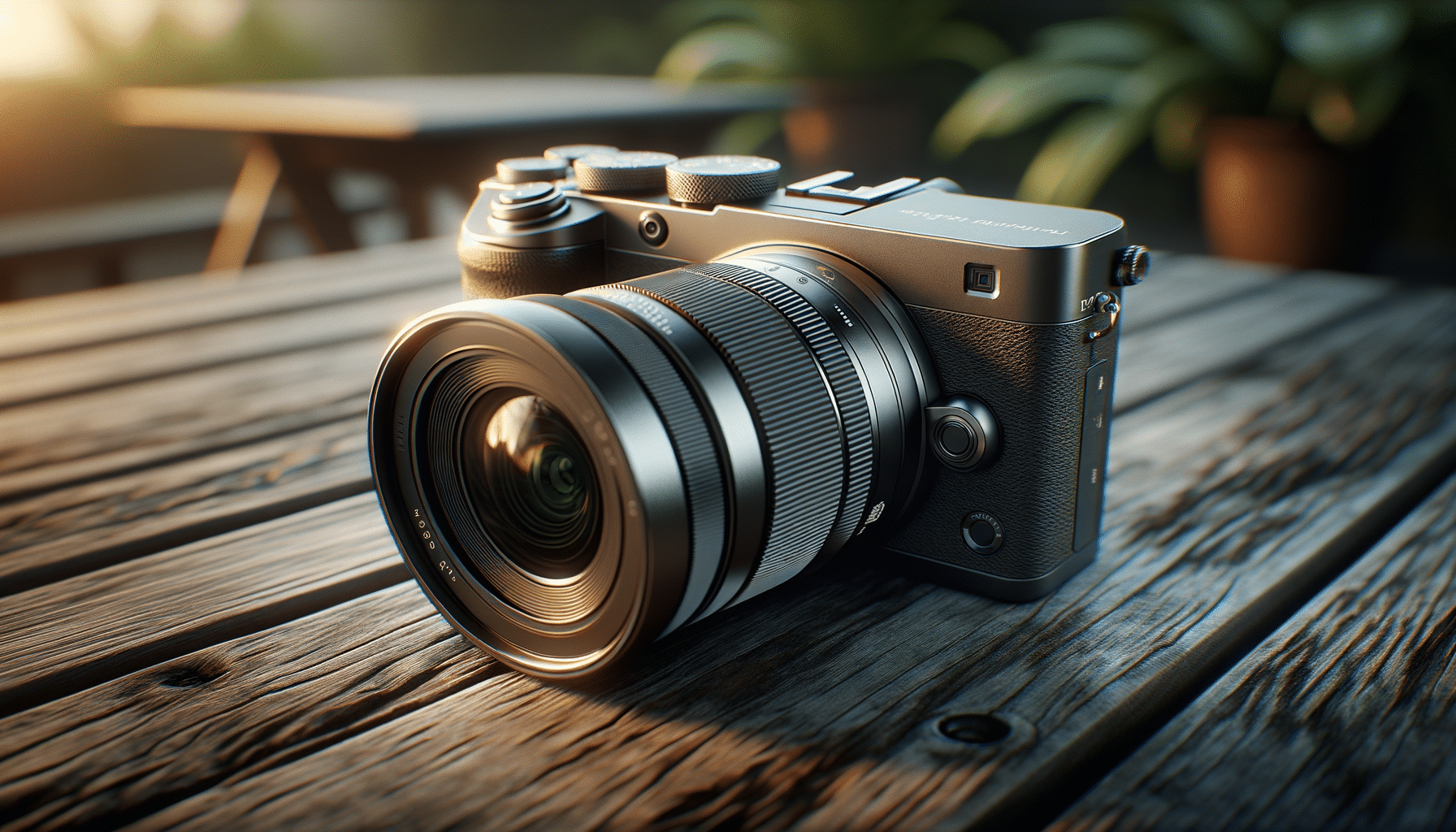
A Beginner’s Guide to Mirrorless Cameras
Introduction to Mirrorless Cameras
In the realm of photography, the advent of mirrorless cameras has sparked significant interest and debate among enthusiasts and professionals alike. These cameras are known for their compact design, versatility, and advanced features that often rival traditional DSLRs. Mirrorless cameras eliminate the mirror mechanism found in DSLRs, resulting in a lighter and more portable device without sacrificing image quality. This innovation has made photography more accessible, allowing users to capture stunning images without the bulk of older camera models.
What is a Mirrorless Camera?
A mirrorless camera, as the name implies, does not include a mirror box, which is a staple in traditional DSLR cameras. In a DSLR, light enters through the lens and is reflected by a mirror up into an optical viewfinder. In contrast, a mirrorless camera directs light straight to the image sensor, which then displays the image on an electronic viewfinder or LCD screen. This design difference results in several benefits:
- Reduced size and weight, making it easier to carry.
- Faster shooting speeds due to fewer moving parts.
- Improved video capabilities with continuous autofocus.
These features have made mirrorless cameras a popular choice among photographers who value portability and cutting-edge technology.
Guide to Camera Types
Understanding the different types of cameras available can help you make an informed decision based on your specific needs. Here’s a brief overview of the main camera types:
- DSLR Cameras: Known for their optical viewfinders and interchangeable lenses, DSLRs are favored by many professionals for their superior image quality and extensive lens options.
- Mirrorless Cameras: Offering similar image quality to DSLRs but in a more compact body, mirrorless cameras are ideal for travelers and those seeking modern features like advanced autofocus systems.
- Compact Cameras: Also known as point-and-shoot cameras, these are easy to use and pocket-friendly, but they often lack the advanced features and image quality of larger models.
- Action Cameras: Built for adventure, these cameras are rugged and waterproof, perfect for capturing action-packed moments.
Each type of camera serves a different purpose, and your choice should reflect your photography goals and lifestyle.
Mirrorless Camera Basics
Getting to grips with the basics of mirrorless cameras is essential for anyone considering making the switch from a DSLR or compact camera. The key components of a mirrorless camera include:
- Electronic Viewfinder (EVF): Instead of an optical viewfinder, mirrorless cameras use an EVF, which provides a real-time preview of your shot.
- Interchangeable Lenses: Like DSLRs, mirrorless cameras support a variety of lenses, allowing for creative flexibility.
- Image Sensor: Despite being smaller in size, mirrorless cameras often feature large sensors that capture high-quality images.
Understanding these components will help you utilize the full potential of your mirrorless camera, enhancing your photography experience.
Conclusion: Embracing the Future of Photography
The rise of mirrorless cameras signifies a shift towards more technologically advanced and user-friendly photography equipment. As these cameras continue to evolve, they offer photographers of all levels the opportunity to capture stunning images with ease. Whether you’re a seasoned professional or a budding enthusiast, investing in a mirrorless camera could be a step towards embracing the future of photography, combining innovation with creativity.